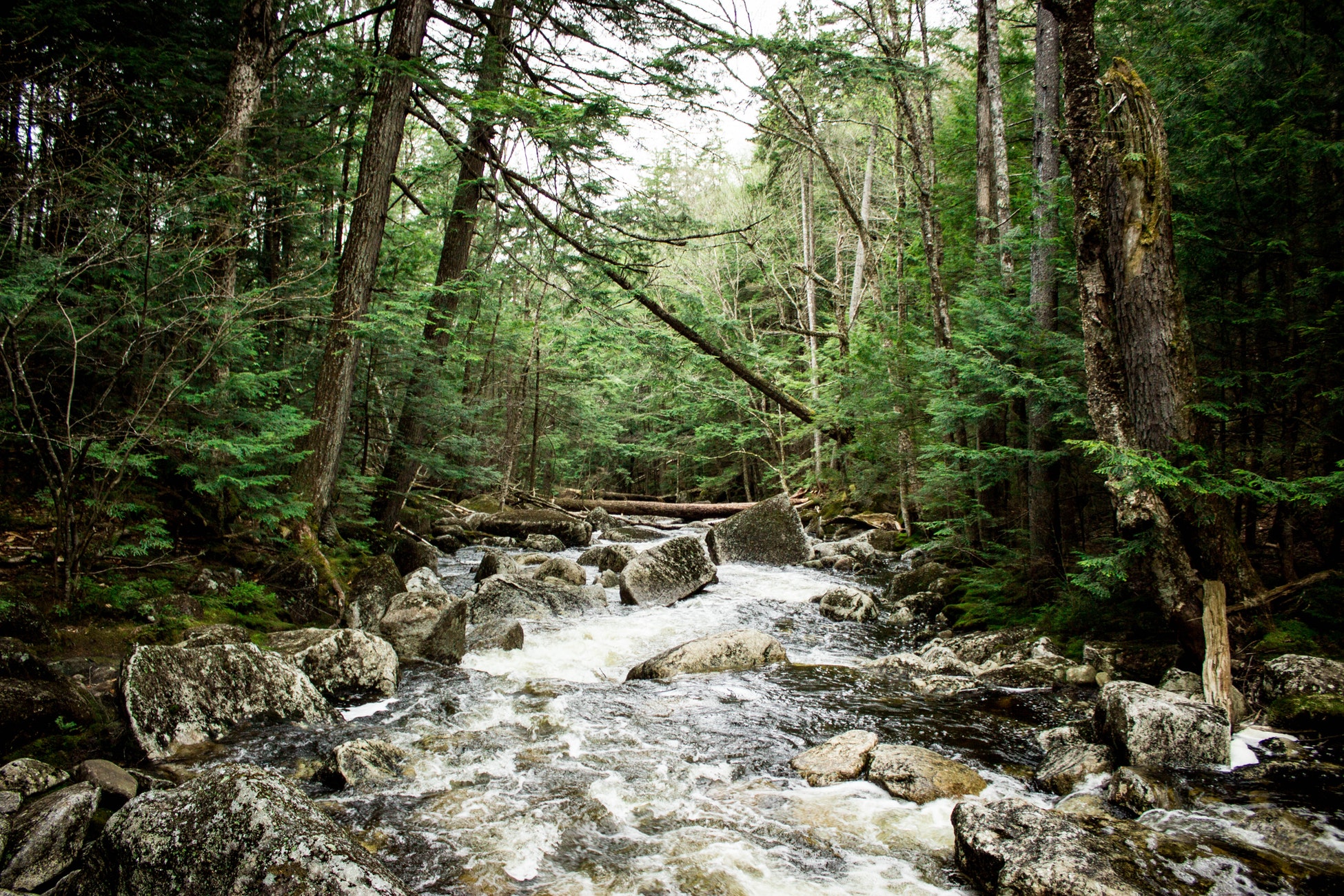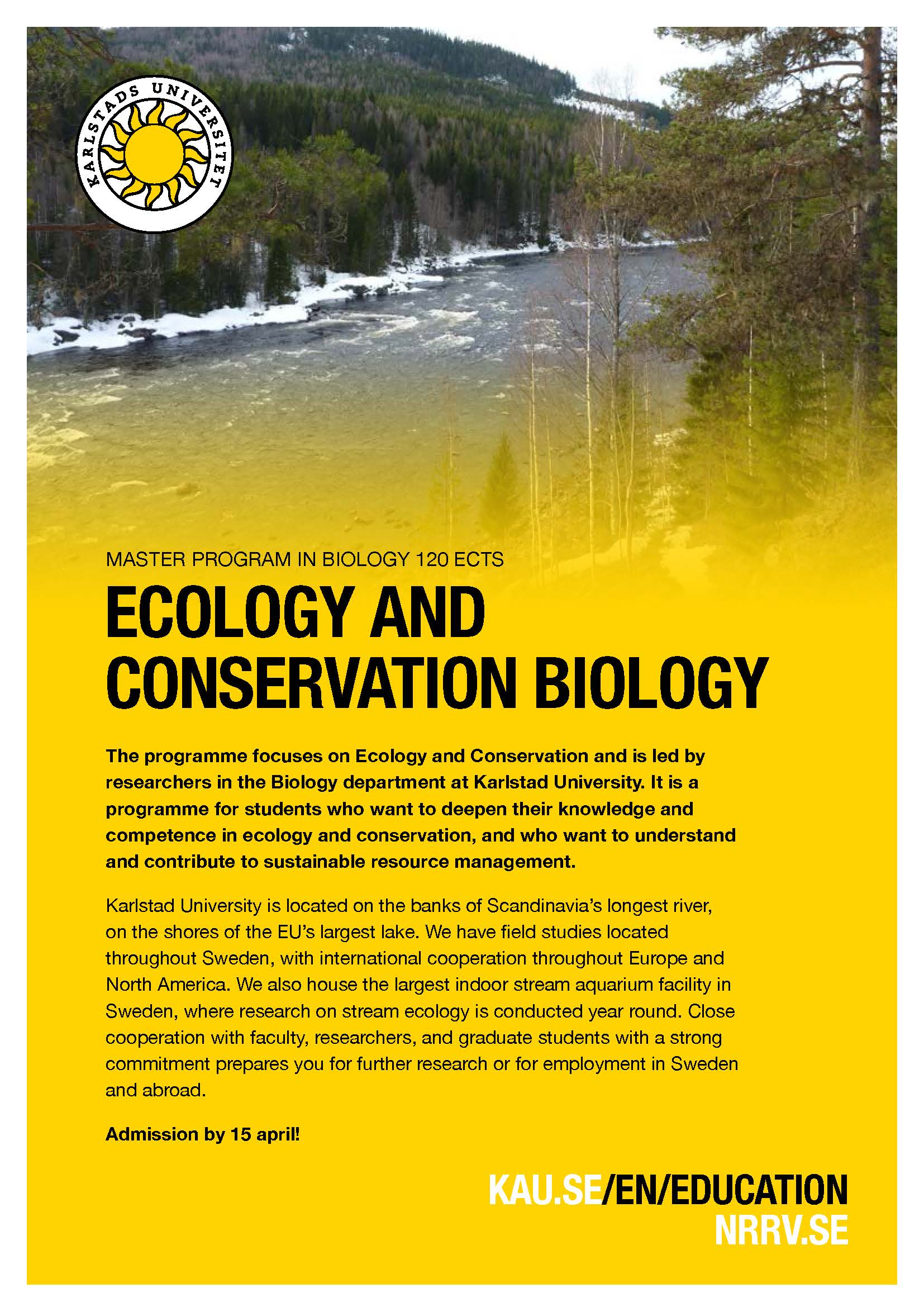New paper out on edge effects on decomposition in Sphagnum bogs
Posted by Louis Addo | EcosphereEmil Nordström (former Master student), together with Lutz Eckstein and Lovisa Lind published a paper studying decomposition along the bog-forest edge (also known as “lagg”) using the tea-bag-index.
This paper, which was based on Emil Nordström’s Master thesis, is published in the journal Ecosphere (https://doi.org/10.1002/ecs2.4234). The authors studied the mass losses (90 days) of green and rooibos tea bags placed across the bog-forest transition of six bogs in Dalarna (Sweden). Three 20-m transects, each containing seven pairs of tea bags, were buried across the margins of each bog, centered at the edge of the Sphagnum moss (Figure 1). The results confirmed their hypothesis, showing a strong edge effect across the bog-forest transition (Figure 2).

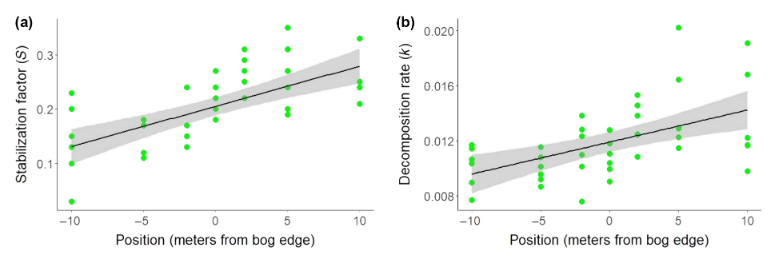
Soil moisture levels had the strongest negative effects on decomposition rates. In comparison to soil moisture, pH and temperature had minor or no significant effects. Plants indicative of low decomposition rates included Vaccinium oxycoccos, Drosera rotundifolia, and Sphagnum species. In contrast to other studies, the authors did not find an increase in decomposition with increased species richness among the studied bog ecosystems.
In conclusion, there is an edge effect on decomposition and maintaining or restoring the hydrology of a peatland is the most important factor for continued carbon storage. A rough estimation of an areas’ decomposition rate appears to be possible based on its vegetation.



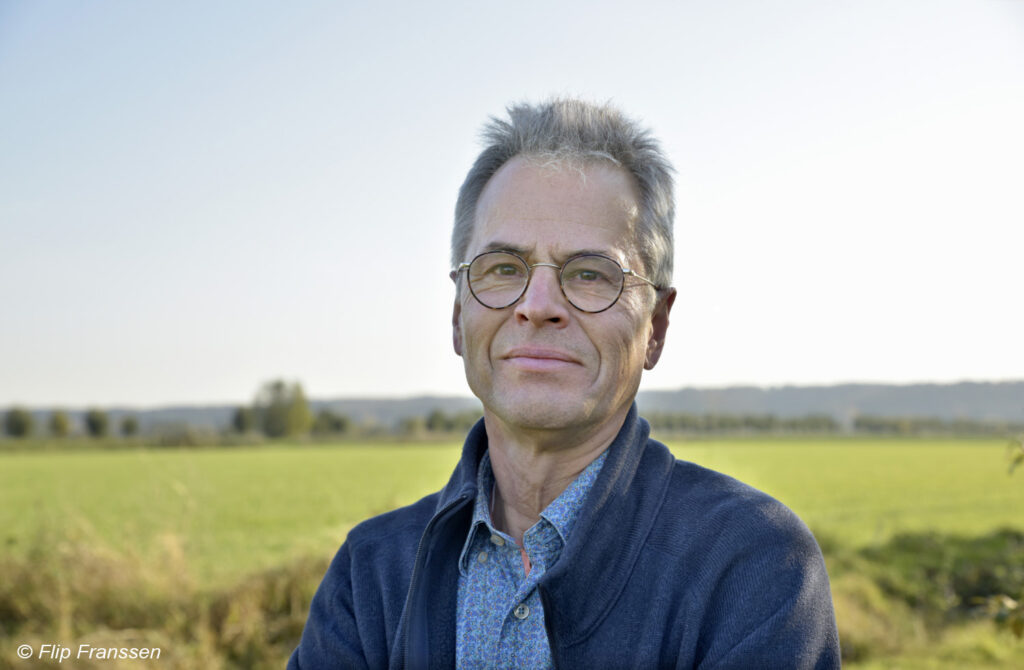
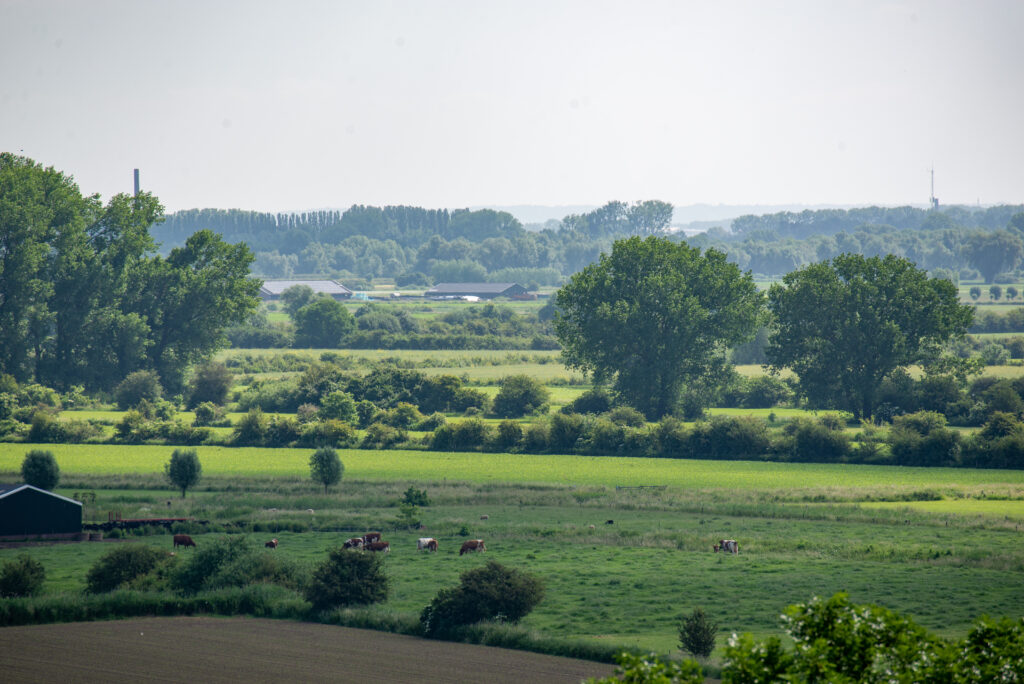
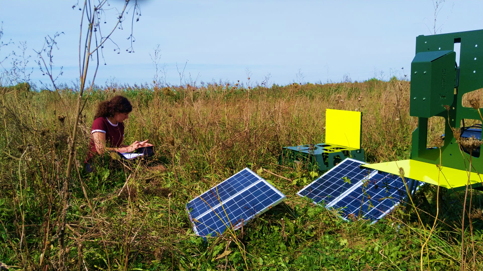

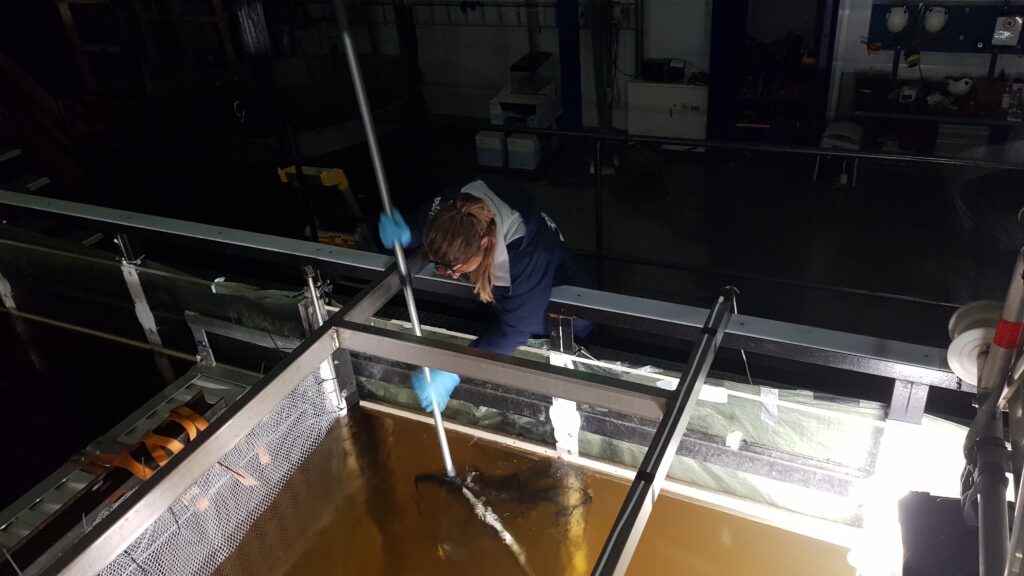
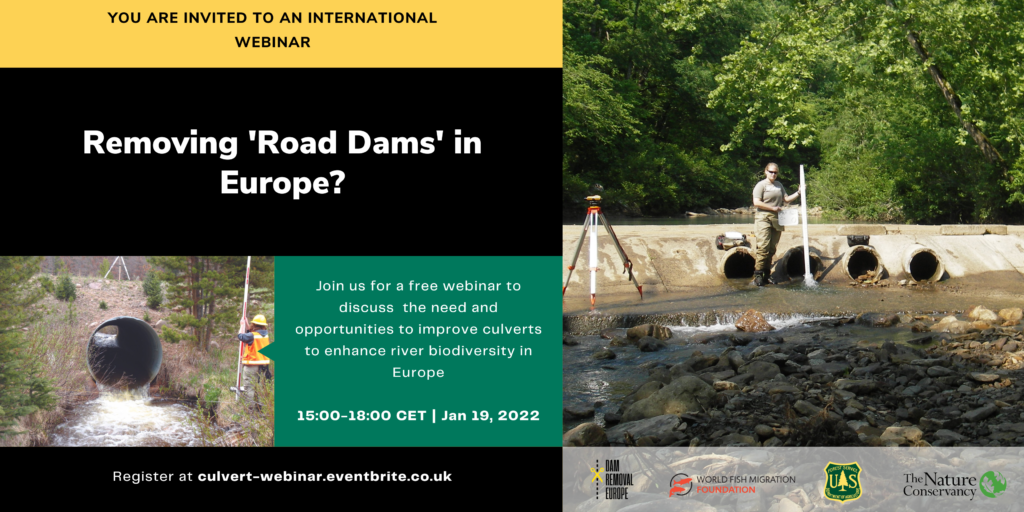

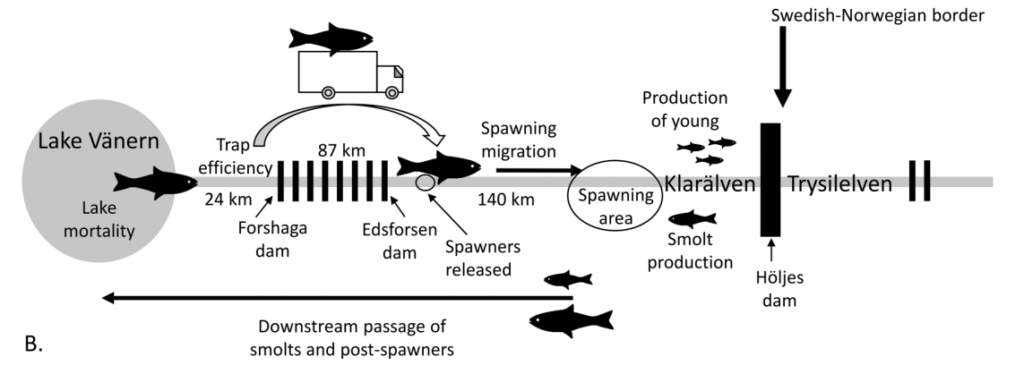
 On Monday and Tuesday 6 – 7 May, Dr.
On Monday and Tuesday 6 – 7 May, Dr. 